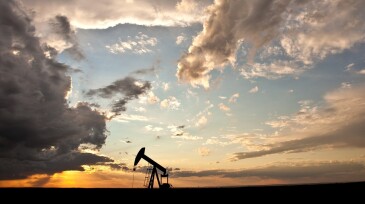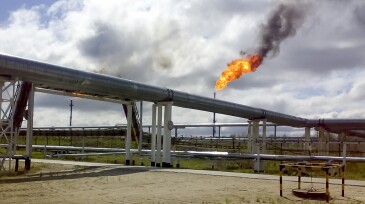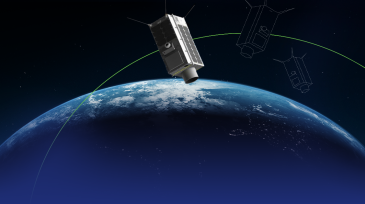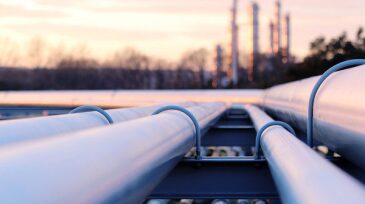methane emissions
-
The international consultancy has agreed with Russia’s Rosneft to evaluate the state-owned major’s carbon capture potential.
-
The White House is taking a governmentwide approach to reducing emissions in the oil and gas industry.
-
The company announced plans to use a new technology to replace the pneumatic systems that are powered by and also vent a substantial volume of methane at its Barnett Shale operating area in north Texas.
-
The Texas Methane and Flaring Coalition has released the first edition of the report, which it says will help lawmakers, media, and the general public understand the latest developments around methane and emissions.
-
Amid investor pressure, ExxonMobil taps its Poker Lake facility in New Mexico as the company’s first for natural-gas certification.
-
Recent field studies have shown that measurements taken with aerial light detection and ranging are more effective in discovering various sources of methane emissions than onsite optical gas imaging (OGI) and that policy and regulations that rely on OGI alone risk missing a significant portion of total emissions.
-
Leak detection and repair (LDAR) is essential in every upstream asset. This paper presents best practices and case studies about how LDAR can help to minimize methane emissions.
-
The year-long research project is aimed at proving the feasibility of reliable, space-based emissions monitoring.
-
The Environmental Protection Agency has underestimated methane emissions caused by oil and gas production by as much as 76%, according to research published in the Journal of Geophysical Research: Atmospheres.
-
President Biden is seeking plans from pipeline operators aimed at curbing methane emissions in their daily operations.










